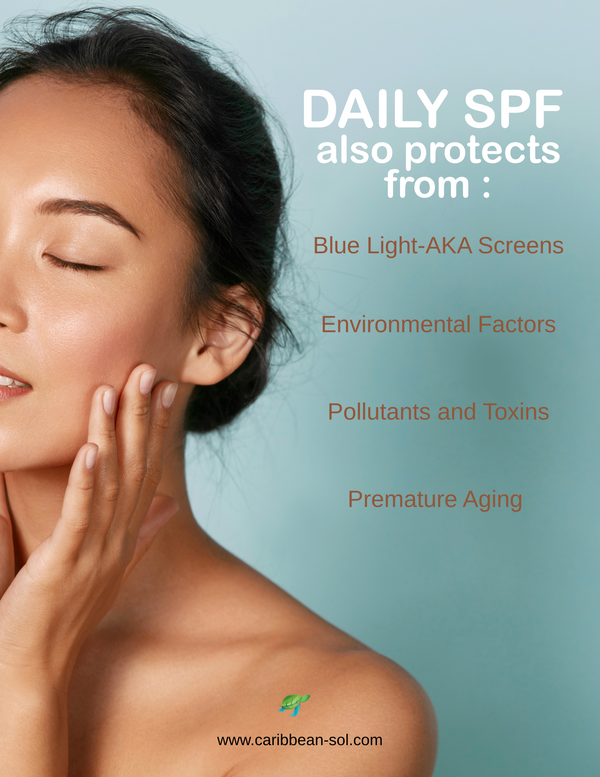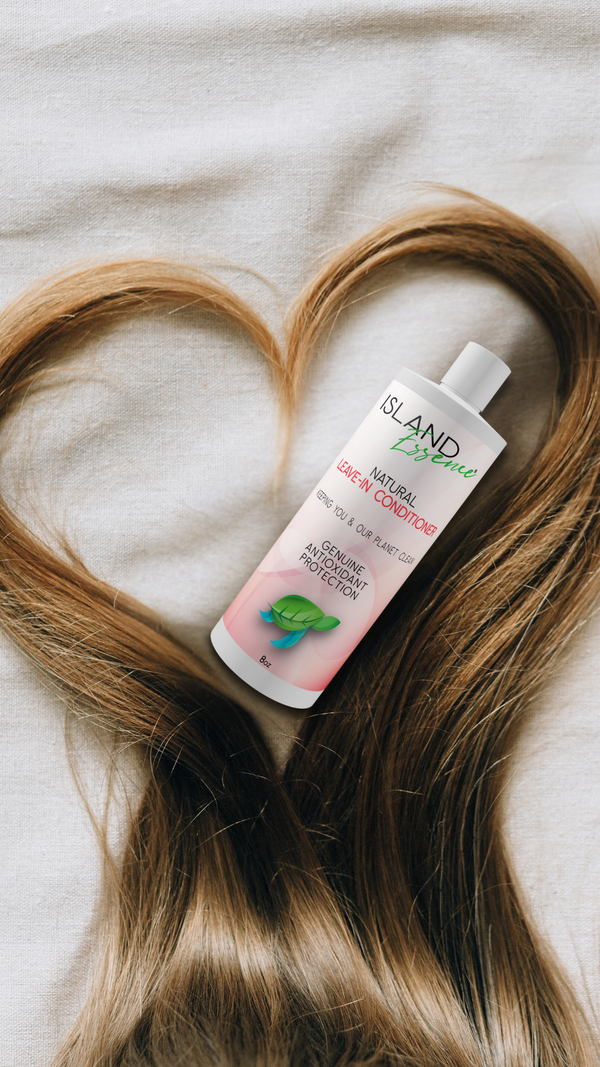When you reach for sunscreen, you're doing something good: protecting your skin from harmful UV rays. But what if that same sunscreen is doing more harm than good to both your health and the environment?
Unfortunately, many conventional sunscreens contain chemical ingredients that can be toxic, irritating, and even damaging over time. Let’s break down what’s inside many mainstream sunscreens—and why it matters.
Common Toxic Chemicals Found in Sunscreen
Here are some of the most frequently used chemical UV filters and their potential risks:
1. Oxybenzone
-
Harmful to humans: A known endocrine disruptor that can mimic hormones and interfere with reproductive health. It may also trigger allergic skin reactions.
-
Harmful to the planet: Oxybenzone contributes significantly to coral bleaching and is toxic to marine life, even in small concentrations.
2. Octinoxate
-
Harmful to humans: Linked to hormone disruption and potential reproductive toxicity.
-
Harmful to the planet: Like oxybenzone, it damages coral reefs and aquatic ecosystems, altering development and survival of marine species.
3. Homosalate
-
Harmful to humans: Can accumulate in the body and disrupt estrogen, androgen, and progesterone levels.
-
Harmful to the planet: Persistent in water systems and potentially toxic to aquatic organisms.
4. Octocrylene
-
Harmful to humans: Breaks down into benzophenone, a chemical linked to cancer and endocrine disruption.
-
Harmful to the planet: Toxic to coral reefs and bioaccumulative in marine life.
How These Chemicals Harm Your Skin
Chemical sunscreens absorb UV rays and convert them into heat. While effective at blocking UV, the chemicals used can:
-
Penetrate the skin and enter the bloodstream
-
Cause irritation, redness, or allergic reactions—especially for those with sensitive skin
-
Disrupt the endocrine system, which regulates hormones
-
Lead to long-term buildup in the body with unknown consequences
Many of these ingredients are not fully tested for long-term safety, especially when used daily.
How These Chemicals Harm the Environment
Every time you swim, shower, or wash off your sunscreen, it goes somewhere—usually into waterways.
-
Over 14,000 tons of sunscreen enter the oceans each year.
-
Even trace amounts of certain chemicals can bleach coral, inhibit coral growth, and harm marine organisms.
-
These chemicals don’t just vanish—they accumulate, affecting entire ecosystems and food chains.
This is why places like Hawaii, Key West, and parts of Mexico have banned certain chemical sunscreens to protect marine life.
What’s the Safer Alternative? Mineral Sunscreen
Mineral sunscreens use natural minerals like zinc oxide or titanium dioxide to physically block UV rays, sitting on top of your skin rather than absorbing into it.
Benefits of Mineral Sunscreen:
-
No chemical absorption
-
Reef-safe and biodegradable
-
Gentle for sensitive skin, babies, and those with skin conditions
-
No hormone disruption or toxic buildup
Look for non-nano zinc oxide as your gold standard—it’s safe for your skin and the seas.
Final Thoughts
Protecting your skin from the sun shouldn’t mean compromising your health—or the health of the planet. By choosing mineral-based sunscreens free of toxic chemicals, you make a conscious choice that benefits you, your family, and the environment.
Ready to switch to clean sun protection? Choose sunscreen that does its job without the risk.




